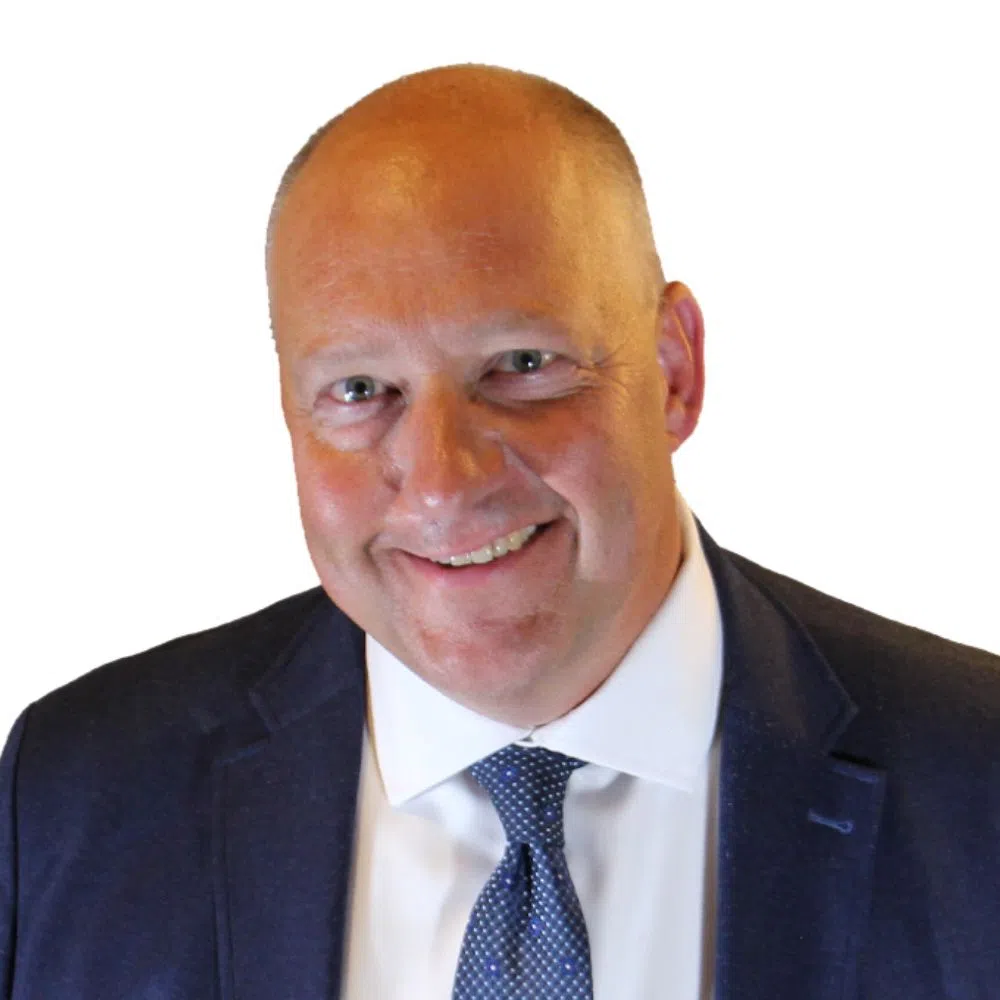VANCOUVER — Don Durban holds his palm up to a screen on a tall steel box akin to a vending machine crossed with an ATM that displays his first name and an identification number seconds before dispensing what he calls a life-saving plastic package.
Durban, 66, takes out two small hydromorphone pills and leaves a storefront with the heroin substitute he gets there four times a day as part of a program aimed at tackling an overdose crisis that has killed an estimated 5,000 people in British Columbia since 2016.
“I don’t have to smoke fentanyl. It’s saving lives and I’m here to save mine,” Durban said.
The machine, called MySafe, is bolted to the floor in a building next to an overdose prevention site in Vancouver’s Downtown Eastside.
Dr. Mark Tyndall came up with the idea for the machine. He stocks it with hydromorphone delivered by a pharmacy for drug users whose urine has been tested for the presence of fentanyl.
Tyndall, who has spent 20 years working in harm reduction and is a professor of medicine at the University of British Columbia’s school of population and public health, said a biometric scanner in the machine identifies patients who are dispensed particular dosages of the pain-management opioid sold under the brand name Dilaudid.
Eight patients are using MySafe and three more were added this week. The machine can be programmed to provide the drug for 48 people, Tyndall said, adding most of his patients have been swallowing the hydromorphone, which is sometimes crushed and cooked before being injected intravenously like heroin.
His vision would see MySafe machines installed in overdose-ravaged communities across Canada, but in Vancouver, the epicentre of the opioid crisis, only one other doctor has come on board to prescribe hydromorphone from the machine.
Resistance from physicians so far is possibly because other “medicalized” models — where patients use methadone or inject a medical grade of heroin under supervision — have become the norm, even though his program is cheaper to run and does not require supervision, Tyndall said.
“This is a harm reduction thing where I don’t want to see people continue to buy fentanyl and die.”
Concerns about diversion of hydromorphone dispensed from MySafe are negligible because patients in the program are monitored and anyone they may be passing the drug on to could be saved from the illegal drug supply known to contain fentanyl, Tyndall said.
“This is the same arguments against harm reduction altogether, that we’re just enabling people and what is the motivation to them to stop using drugs if we’re just giving them drugs? What I’ve seen people go through to get illegal drugs, it’s crazy.”
Tyndall said patients who use MySafe can use drugs alone, the way most people do, without fearing their addiction could kill them.
Health Canada said in a statement it is aware of the project, noting the dispensing of medication falls under provincial regulations.
British Columbia’s Ministry of Mental Health and Addictions said it will await the results of the independent project involving MySafe.
“The ministry is focused on our own work to scale up access to medically supervised prescription alternatives to toxic street drugs as part, just one part, of establishing a full continuum of care and delivering an urgent, comprehensive response to this crisis, including prevention, enforcement, harm reduction and treatment and recovery,” it said in a statement.
The MySafe machine is located on the same street as two of North America’s first supervised approaches to harm reduction. Insite allows drug users to inject their own substances, while Crosstown provides between 100 and 120 people with medical grade heroin they inject several times daily.
Dr. Scott MacDonald, who runs Crosstown, said the clinic based on a European model provides support from health-care staff including nurses, a pharmacist and social workers.
MacDonald said it has spawned nine smaller programs in Canada, six of them in B.C., and the rest in Edmonton, Calgary and Ottawa, for patients who have failed at multiple attempts to treat their addiction.
“While there’s been a small scale-up, what’s blocking expansion at this time is just a willingness to fund it and pay for the nursing staff,” he said.
Efforts to combat overdoses in the Vancouver area include the distribution of take-home fentanyl test strips, distributed by the regional health authority starting this month, so drug users can see if their urine contains the opioid before taking illicit substances.
This report by The Canadian Press was first published Jan. 22, 2020.
Camille Bains, The Canadian Press







